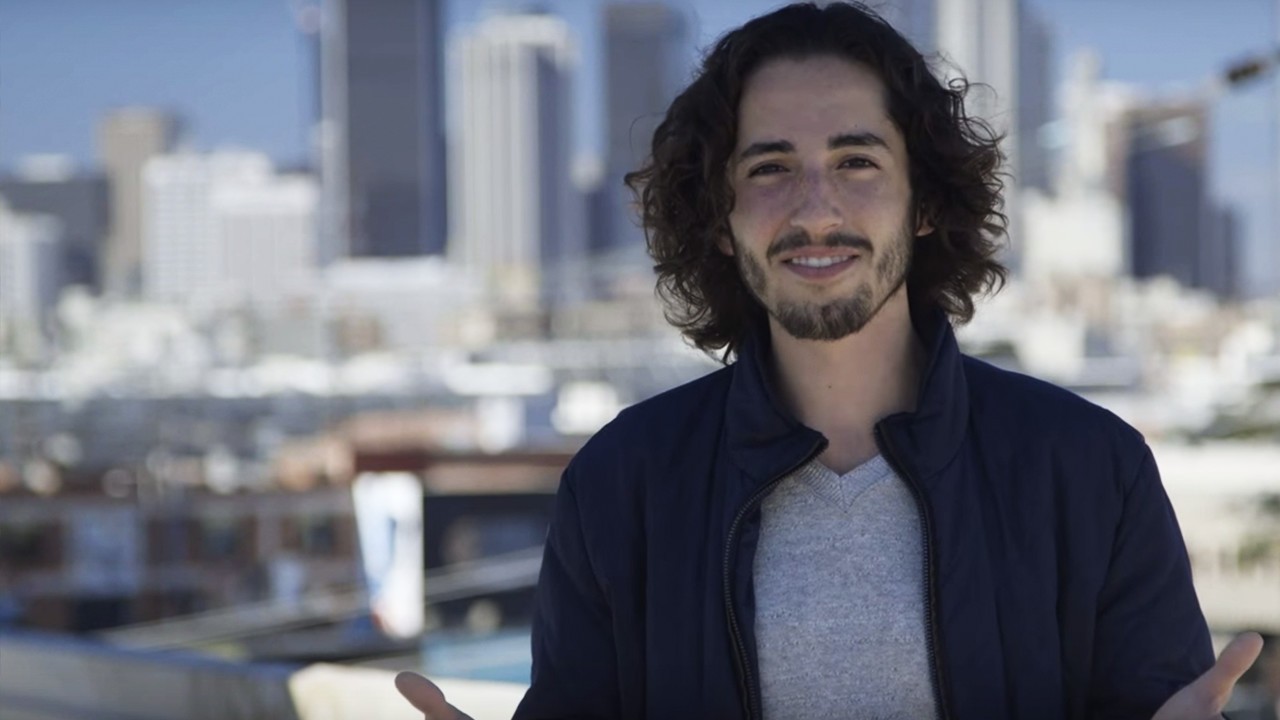Climate change is coming for everyone, but the first people it will come for are the poor. The areas hit hardest and soonest will be tropical low and middle-income countries, which also happen to be where the majority of the people in the world live.In Bangladesh, where the population depends overwhelmingly on coastal agriculture, the sea-level rise of just a few feet is on track to displace more than 15 million people over the next 30 years. Disappearing shoreline for coastal communities in developing nations all around the world means drowned crops, flooded homes, and ultimately loss of livelihood.
Advertisement
Those too poor to escape will become poorer, their health will fail alongside their resources, and many will die in short order. To survive, the ones who can afford it have no choice but to leave their homes behind. What they enter instead is a sort of political limbo, a no-man's land where the new dangers aren't just external, like drowning or trafficking, but institutional. Stripped of whatever legal protections they might have had at home, climate refugees are subject to the whim of the state they find themselves in, which may elect to relocate them without their input, beat them, fail to provide food and then throw it at them, and forcibly deport them back to rocks that are doomed to soon sink into the sea.People who flee their home country's fallout from climate change often become people with no institutional protections. The United Nations Framework Convention on Climate Change has toyed with the idea of building a Climate Change Displacement Coordination Facility to handle forced climate migration, but it has yet to arrive. Members of the UNHCR adopted a protection agenda for environmental refugees a few years back called the Nansen Initiative, which focused more on emergency preparedness and disaster relief. There are organizations like the Climate and Migration Coalition that facilitate awareness and discussion. But the reigning intergovernmental entity working on behalf of impoverished climate refugees is the International Organization for Migration (IOM).
Advertisement
In 2016, the IOM became formally related to the UN. It works now with organizations like the UNHCR and has more than 150 member states. Its main objectives within the environment-migration nexus are to prevent forced displacement, and to protect those already displaced and try to find them long-term solutions. And, when necessary, to facilitate migration as safely and humanely as can be done. In places like Bangladesh, retreat is often the best and also only option.
Check out some more videos from VICE:
"Refugee" generally includes people driven out by natural disasters, but officially the term is reserved for those fleeing persecution from their country to seek asylum in another. There's a long-standing UN convention in place meant to guarantee refugees certain inalienable rights.
"99 percent of studies conclude that most people do not want to migrate," Mariam Traore Chazalnoel, an IOM climate migration specialist, told VICE Impact at the organization's Manhattan office. "We might have the feeling that everybody wants to move away, but the truth is most people want to stay where they are. So it is indeed the responsibility of people working on this that the first thing they do is try to support people to stay in their own environment."It doesn't matter if climate change left someone no choice but to try for a new country; legally, they still don't have the right to be there, and this is partly because we haven't yet figured out how to talk about them.People who flee their home country's fallout from climate change often become people with no institutional protections.
Check out some more videos from VICE:

"Refugee" generally includes people driven out by natural disasters, but officially the term is reserved for those fleeing persecution from their country to seek asylum in another. There's a long-standing UN convention in place meant to guarantee refugees certain inalienable rights.
Advertisement
"Internally displaced person" is more of a catch-all, and while it does include people fleeing environmental factors or generalized violence, plus those displaced within their own country -- of which there were more than 30 million in 2016 -- it doesn't come with any protections.Finally, "migrant" connotes an economic motive; what this boils down to is a determination that migrants don't need to leave home but do so by choice, and thus forgo legal protections unless they return there. It's also the word favored by nationalists regardless of the context, to paint displaced people coming from impoverished nations as opportunists and not victims of a humanitarian crisis. People categorized as migrants often get bounced at various UN borders as member states try to sift them from those who can demonstrate their status as refugees. For obvious reasons, this is not a perfect system.
For her part, Chazanoel hopes that with sufficient education the UN can approach climate migrants not as economic ones, but more as victims of a humanitarian emergency who should receive the asylum that entails."At the moment it's really about building the knowledge and raising awareness," she says. "This language is very 'UN talk,' but it's true that this is necessary in the sense that we're having this conversation now at the international level, and there are a lot of civil servants who don't know about these things."There's no existing vocabulary for people displaced by climate change.
Advertisement
Beyond the fact that there's no existing vocabulary for people displaced by climate change, let alone the adequate legal framework to use it, climate migration is kind of blurring the lines between what terms we do have. In the wake of the Paris climate agreement, the UNFCCC formally recognized climate change as a migration driver, classifying it as a subtype of environmental migration. But precisely because climate change is so multifaceted, it's getting harder to distinguish migration driven by climate from migration driven by literally anything else.People leaving sub-Saharan Africa because climate change has wiped out their crops and livestock are, yes, technically pursuing better economic options, but it's not like they were left with any other choice. Pacific islanders who abandon their islands aren't being persecuted exactly, but they can also never "choose" to go home; their homes are underwater.
IOM workers are trying to educate people about the surge of climate refugees and the ways we're leaving them vulnerable, but they're also just trying to uphold basic human dignity in a setting that drains it away.In 2004, the group organized refugee polling stations so hundreds of thousands of displaced Afghans could vote in their country's first-ever democratic presidential election. That same year it assembled an International Migration Law Unit, later made into an online database -- it doesn't bestow legal protection on climate refugees who have none, but it at least compiles the vital resources and information in a single place, something pretty much everyone else is still failing to do. The organization's been pushing for greater recognition of climate migration for the last decade.You might assume the crisis is too large to be manageable, but Chazalnoel says that's not the case if we're properly organized. "It's not too late," Chazalnoel said. "It is actually quite scary, and that's probably why a lot of people don't want to look at it. But we still have work we can do."Learn what you can do to help with the IOM's mission to promote humane and orderly migration.READ MORE: Climate Change is a Main Cause of the World's Refugee Crisis
